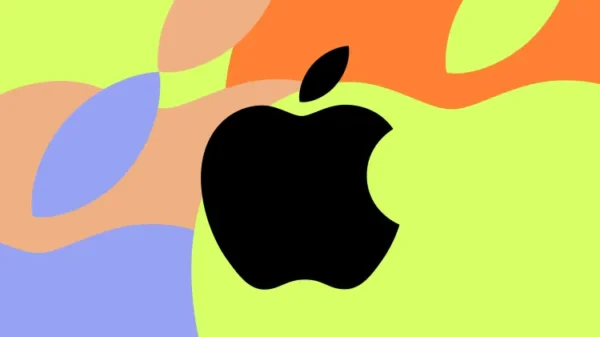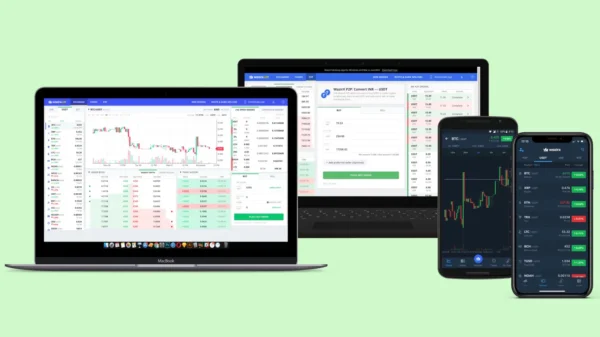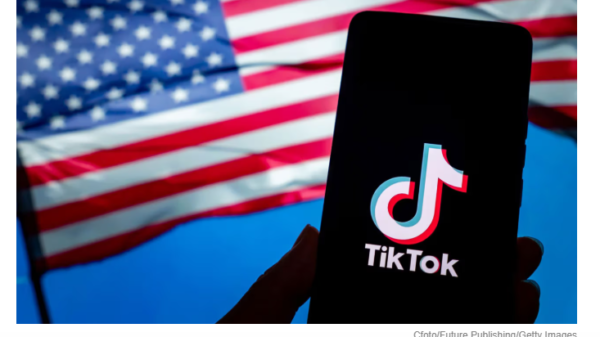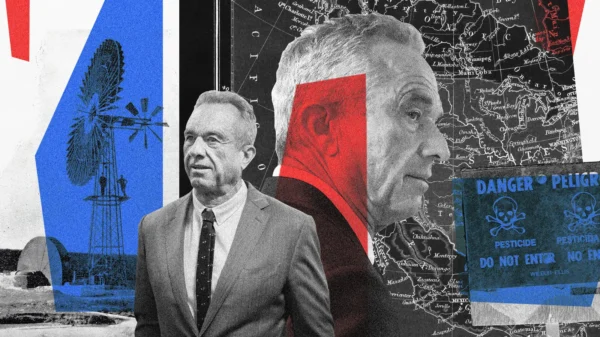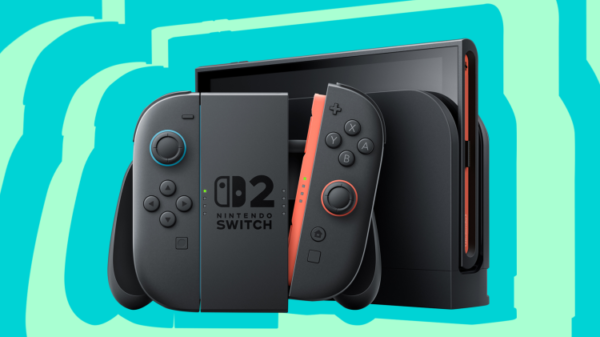Spotify’s new “broadcast-to-podcast” technology lets radio broadcasters transform their audio output into podcasts. The feature set will be integrated into Spotify’s enterprise podcast tech platform Megaphone, which Fox Audio Network and others utilize, based on IP Spotify purchased in late 2021 from Australian podcast tech startup Whooshkaa.
The streamer says the technique helps broadcasters reach new audiences since streaming audio affects their listenership. For example, Spotify reported that between 2019 and 2022, customers spent 50% more time listening to broadcast radio online.
The COVID-19 epidemic caused more individuals to work from home and commute less. As podcasts have become a popular alternative to radio broadcasts, consumers’ audio listening habits have changed. Station streams increased from 8% to 11% between 2019 and 2020 before rising to 12% in 2022.
Spotify also claims its new offering can better reach Gen Z, who prefer podcasts to traditional news sources, citing Pew Research.
Spotify also cited eMarketer’s 2023 podcast ad expenditure prediction of approximately $2.2 billion as another reason broadcasters should consider repurposing their audio for podcast listeners.
Of course, Spotify wants additional audio programming without having to negotiate pricey exclusive arrangements with podcast studios and individual podcasters like Joe Rogan, Alex Cooper, and others. Like every podcast, it may monetize broadcast audio with adverts.
Spotify said the system would automatically detect ad market areas in imported audio following a one-time setup. Spotify claims that manually converting a broadcast program to a podcast took publishing teams 30 to 60 minutes per episode, including downloading the episode from their radio platform, removing the ad spots, placing new ad markers, and re-uploading it.
A broadcaster publisher with hundreds of daily episodes over a wider network cannot use this manual technique.
Spotify’s Megaphone technology lets clients use the automatically detected ad marker placements to save time or delete or change them. As a result, the customer can monetize with dynamically reinserted advertising. In addition, Spotify Audience Network helps publishers monetize unsold inventory.
“The way listeners engage with audio is constantly changing and we know that digital audio is increasingly becoming their preferred way to listen, especially Gen Z,” said Emma Vaughn, Spotify’s Global Head of Advertising Business Development & Partnerships, regarding the launch. In a blog post, the CEO emphasized that Spotify reaches over 50% of Gen Z and millennial U.S. consumers.
“With this new broadcast–to-podcast feature, we’re empowering radio publishers to reach existing audiences throughout their day, but to connect with new, younger audiences,” Vaughn said.


